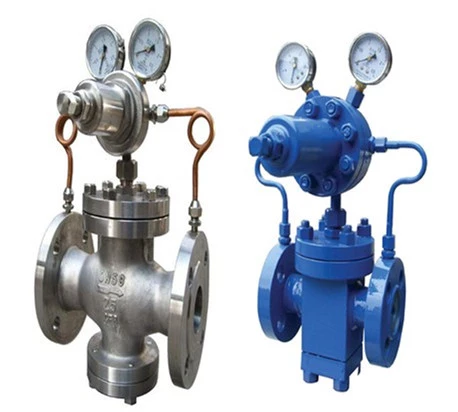For pneumatic control valves, gas pressure relief valve is a necessary accessory which used mainly to reduce the pressure of air to a stable value, so that the control valve can obtain stable gas power for regulation. However, if the output pressure exceeds the limited pressure, the pipeline will be blowed out and cause unnecessary problems, even threatening the safety of gas pressure relief valve. So after stop using it, you should do these following things:
1. You should discharge the rest of the gas. There is a special residual gas discharge menu in the flame menu, and the engineer will focus on this special menu when installing the
gas pressure relief valve. Therefore, the users should also pay great attention to this point. But for graphite furnace, there is no special menu for gas emissions, so you can set a program with low temperature and long heating time. And at the beginning of the program, you should shut off the main valve of the argon gas bomb. If you have cleaned the gas, then the secondary pressure gauge will show “0”.
2. The main valve of argon gas bomb. Generally, the pressure for a new argon gas bomb is around 50 kg (5 MPa) and the acetylene is about 15 kg (1.5 MPa). After using the gas pressure relief valve, please make sure the sealing for the argon gas bomb is good and there is no leakage problem.
3. Loosening the secondary pressure of
control valve completely. This pressure decides the gas pressure which enters into the instrument. If the valve is not good, then there may have these following problems:
A It may make the actual pressure exceeds the displayed pressure and cause the output pressure can't foresee or control.
B After adjusting the pressure, it can not be stable and continues to rise, finally it will close to the main valve pressure of gas cylinder.
C It will suddenly jump to a high pressure when opening it.
